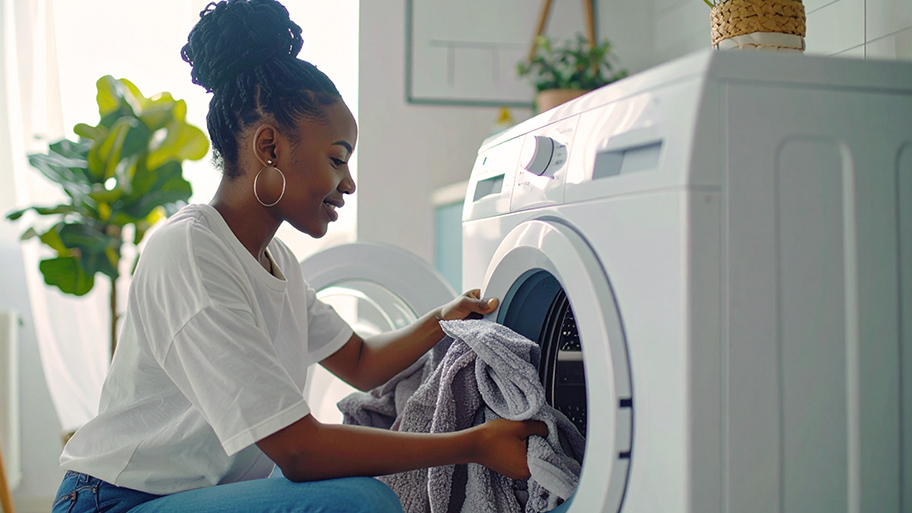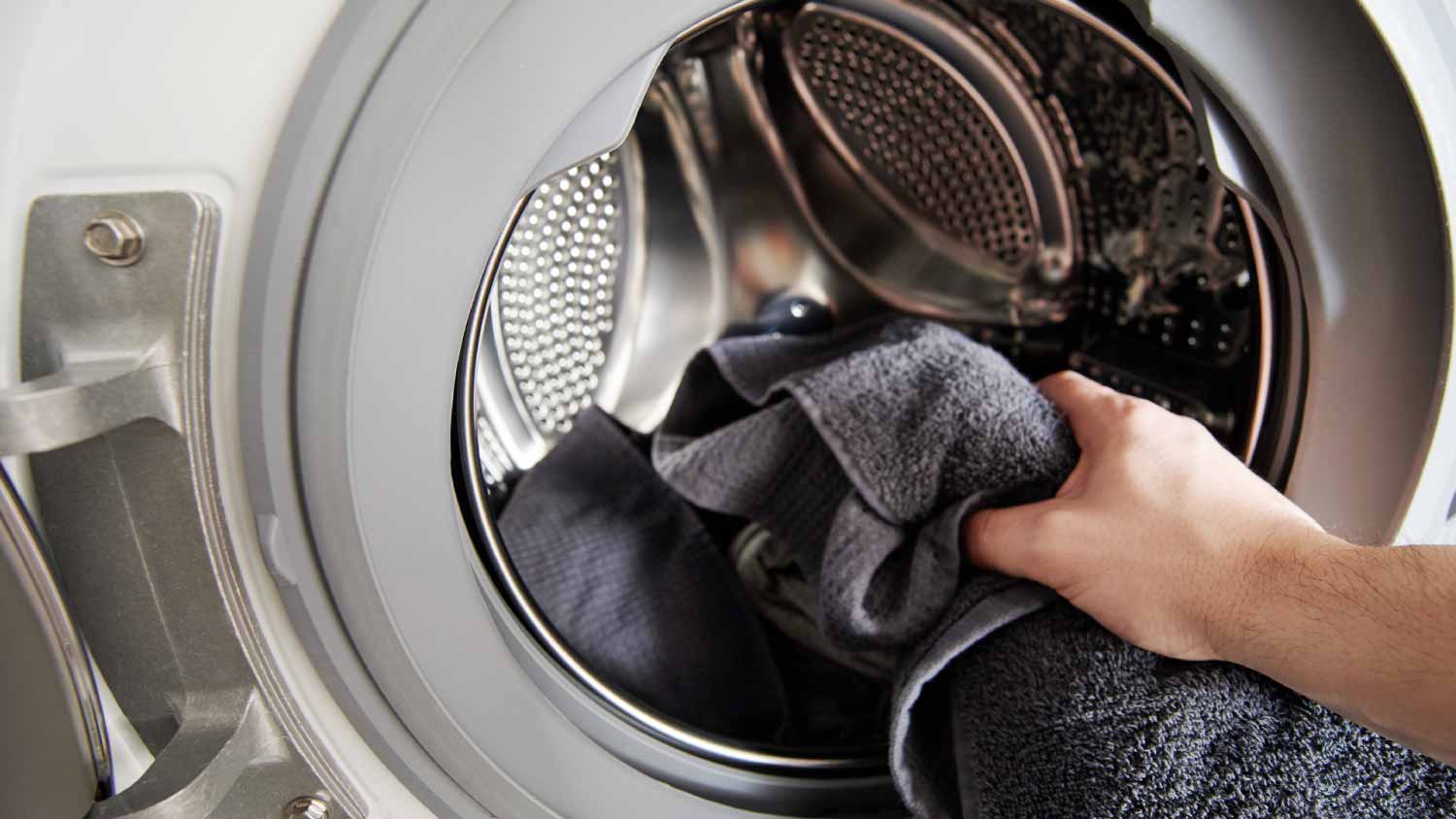
Discover the average washing machine repair cost, key price factors, and expert tips to help you budget and save on repairs for your home.
March to the beat of the wash cycle


The drum of a washing machine is where the clothes go.
The type of washing machine drum depends on whether the machine is top-loading or front-loading.
Top-loading drums contain more complex parts than front-loading.
What is the drum of a washing machine? It’s essentially the appliance’s heart: It’s where you load and unload your laundry. The drum is more complex than it appears, with several different parts underneath the surface. Here’s a closer look at what the drum of a washer machine is and how it works to clean your clothes and linens.

The drum in a washing machine is the container that holds your laundry. It's also referred to as a tub or wash basket. Washing machine drums are usually made of stainless steel or base metal, although budget washing machines may have plastic drums.
Drums come in different capacities that depend on the washing machine model and the household size it is marketed to. The larger the load capacity, the larger the drum. There is more to the drum of a washer machine than meets the eye: It contains and connects to multiple important washing machine parts.
There are two chief types of washing machine drums: top-loading and front-loading. There are also inner and outer drums regardless of machine type.
Top-loading drums are used in top-loading machines, like agitator washers, impeller washers, and newer combination washers that use smaller agitators. Top-loading drums stand upright and spin on a vertical axis.
Top-loading drums use an agitator or impeller. Agitators are large posts in the center of the drum that create friction with rapid movement to fight heavy stains, grime, and dirt. Top-loading drums with impellers have higher capacities because they don't have an agitator taking up room. A disc or plate at the bottom creates friction with the clothes themselves.
Front-loading drums are found in washing machines where the door is located on the front. These drums spin on a horizontal axis and rely on tumbling movement that results in gentler cleaning without sacrificing effectiveness, with the bonus of enhanced energy efficiency.
Unlike top-loading drums, front-loading drums don’t contain impellers or agitators. This leaves more room for a very full load, and there are fewer parts that could eventually malfunction.
The drum that you can easily see and touch is the inner tub. Drums also have an outer tub.
Depending on the model of washing machine, this outer tub could only serve to hold the inner drum in place, or it might also assist with drainage. Most homeowners today have fully automatic washing machines where the outer tub is only for support. Older semi-automatic washing machines have separate tubs for getting the clothes sudsy and for spinning them.
If you see water pooling around the washing machine, it's likely that the outer tub leaked; you should contact a local washing machine pro rather than try to fix this problem yourself.
I had a fantastic experience with them . My refrigerator stopped cooling, and they responded quickly, scheduling me for the very next day. The technician was professional, explained everything clearly, and had my fridge up and running in no time. The price was fair ( made a research) and I...
Perfect. Bertie arrived at the time he said he would arrive and he did a great job hauling the appliances through some very tight spots. Work was clean and professional. I'm so happy to have found them. Thank you!
They repaired a leak in my roof. I found them to be very friendly and knowledgeable. They arrived when they said they would and didn't keep me waiting. They made the repair and then inspected the rest of the roof and sealed all of the other flashings. Great job!
quick and expert diagnosis and repair. fair price. great service and no headaches
I called Kevin and he answered the phone, and we set up a time within 24 hours for him to come to my house. He arrived during the window we agreed on, calling first to let me know he was on his way. He diagnosed the problem immediately, gave me a reasonable price, and fixed it. He also...
From average costs to expert advice, get all the answers you need to get your job done.

Discover the average washing machine repair cost, key price factors, and expert tips to help you budget and save on repairs for your home.

If your refrigerator has been damaged, refrigerator door dent repair cost will vary based on the imperfection's size, depth, and location. Use our guide to estimate how much you'll spend on refrigerator dent repair.

Range hoods come in various styles and help keep your kitchen clear of odors, smoke, and grease. Here’s how much it costs to install a range hood by type.

Your gas stove may not light for a number of reasons, including problems with the safety valve or igniter. Learn how to troubleshoot why your gas stove is not lighting.

Is food going bad too quickly? Is your refrigerator making strange noises? This guide will help you determine whether it’s time for a repair technician or a new refrigerator.

You can usually unclog your dishwasher by cleaning the filter and using a DIY solution to clear the drain hose. Learn more with this step-by-step guide.